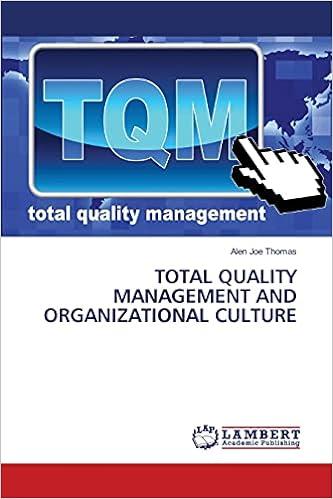m #1 of 16 The accounts used to record transactions under the periodic inventory system include a. purchases returns and allowances, sales discounts, purchases discounts. b. purchases, Freight In, Allowance for Sales Discounts. c. cost of goods sold, Allowance for Sales Discounts, Freight In. d. purchases returns and allowances, purchases discounts, Freight In. After the closing entries have been posted, how has Retained Earnings been affected by closed accounts? a. A credit for revenues, a debit for dividends, and a credit for expenses. b. A credit for revenues, a debit for dividends, and a debit for expenses. c. A debit for revenues, a credit for dividends, and a credit for expenses. d. A credit for revenues, a credit for dividends, and a debit for expenses. In the asset turnover ratio, the assets consist of a. current assets on the current balance sheet. b. property, plant, and equipment from the previous balance sheet. c. the average of total assets from the beginning and end of the period. d. the total amount of assets on the current balance sheet. The inventory records of Global Company indicate that $76,800 of merchandise should be on hand at the end of the month. The physical inventory indicates that $74,900 is actually on hand. The journal entry to adjust for inventory shrinkage will include a, a debit to Inventory for $74,900. b. a debit to Cost of Goods Sold for $1,900. c. a debit to Inventory for $1,900. d. None of these choices are correct, since no entry is needed. Global Company sold merchandise to Montana Industries for cash, $3,450. The cost of goods sold was $1,850. Global Company refunded Montana Industries $900 for returned merchandise. The cost of goods sold was $600. Which of the following will be recorded by Global Company in the journal entry for the refund from the sale? a. Debit to Customer Refunds Payable, $900 b. Credit to Customer Refunds Payable, $900 c. Debit to Cash, $600 d. Credit to Accounts Receivable, $600 11 15 10 During the month, merchandise is sold for $80,500 cash and for $119,000 on account. The cost of goods sold is $101,500. What is the amount of gross profit? a. $98,000 b. $119,000 c. $80,500 d. $199,500 Morgan Company uses the perpetual inventory system and the gross method of recording sales discounts. Morgan Company sold $60,000 of merchandise to Jameson Inc. on May 10, 2018, with credit terms of 2/10, 1/30. The cost of the merchandise sold was 45,000. Assume Jameson pays within the discount period on May 19. When recording the journal entry to record the payment received, what amount is credited to Accounts Receivable? a. $45,000 b. $60,000 c. $58,800 d. $61,200













